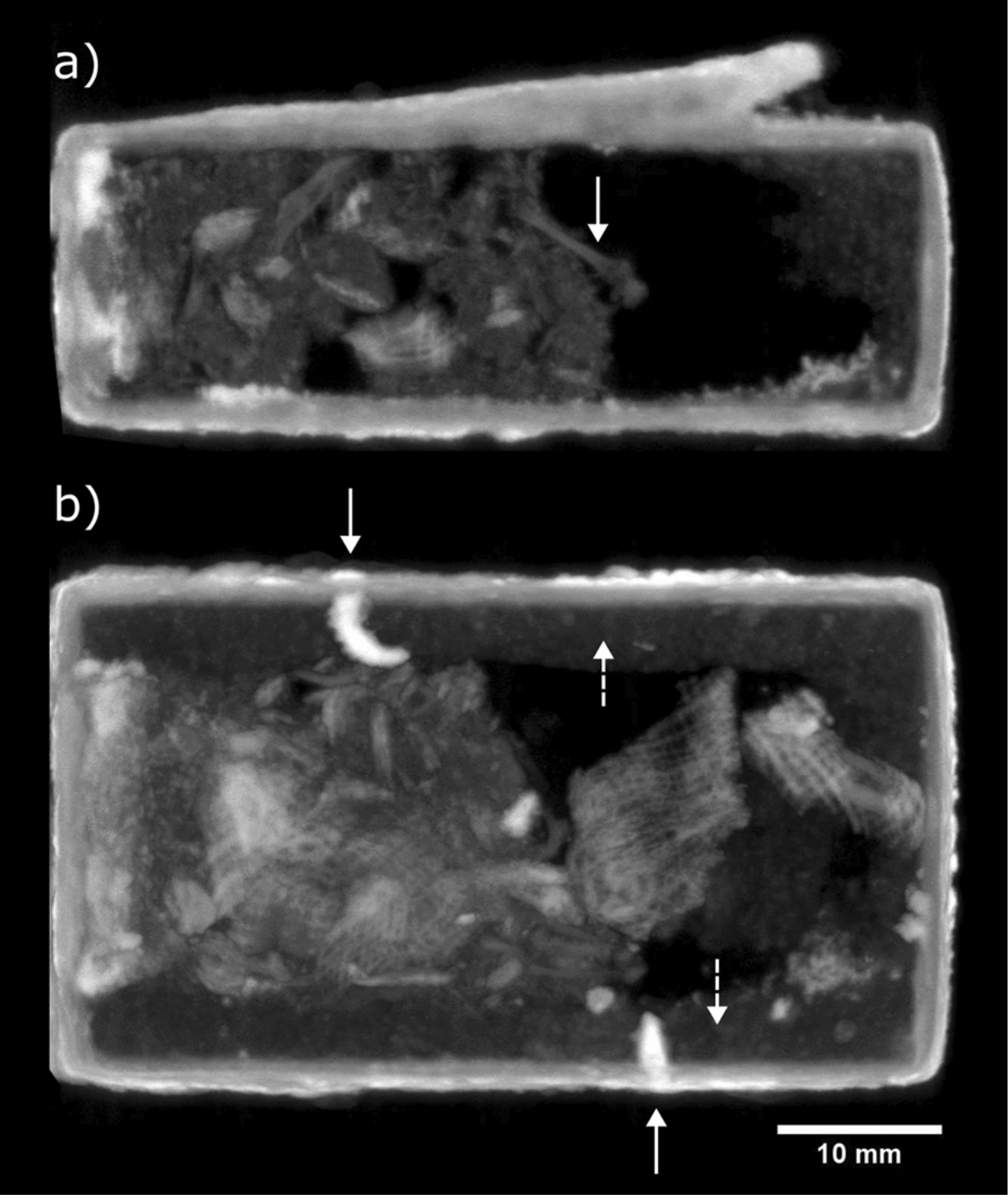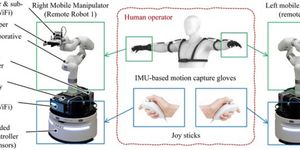Non-invasive imaging reveals contents of ancient Egyptian animal coffins
Researchers have used neutron tomography, a non-invasive imaging technique, to study six sealed animal coffins from ancient Egypt. The study was published in Scientific Reports.
As previously reported, the mummification of animals was a common practice in ancient Egypt, with some mummified animals treated as votive offerings or sacrifices.
The study describes the contents of six sealed ancient Egyptian animal coffins that were imaged using neutron tomography. This non-invasive technique creates images of the objects inside the coffins based on the number of neutrons that can pass through them. The composition of the coffins (copper alloy) and some of their contents (lead) hindered previous X-ray and CT scanning of the coffins.

The authors identified animal skeletal remains in three of the six coffins, including an intact skull similar to a species of wall lizards endemic to North Africa and evidence of degraded skeletal remains in two other coffins. They also found textile fragments in three coffins that were likely made from linen, a textile commonly used in the Ancient Egyptian mummification process. The authors propose that linen may have been wrapped around the animals before they were placed in the coffins.
Lead was found within the three coffins, which, as mentioned, hindered some of the previous scans. The authors suggest this lead may have been used to aid weight distribution within two of the coffins and to repair a hole or defect made during the casting process of another. In one instance, the lead was likely added in a molten state to plug a hole in the coffin. They speculate that lead may have been selected due to its 'magical' status in ancient Egypt. The material was a popular choice for "love charms, in rituals of execration of enemies, or, particularly interesting in our case, in the protection of mummies."
This study showcases more interesting animal mummification cases in ancient Egypt and highlights a novel non-invasive technique that could have many archaeological applications.
Sources: EurekAlert!, Scientific Reports








